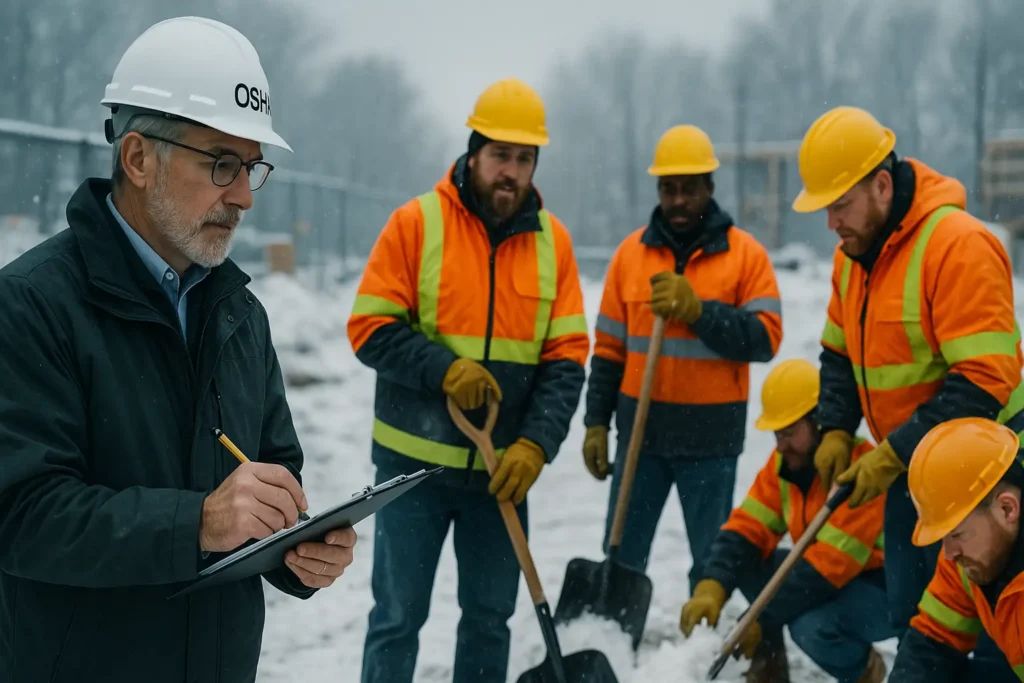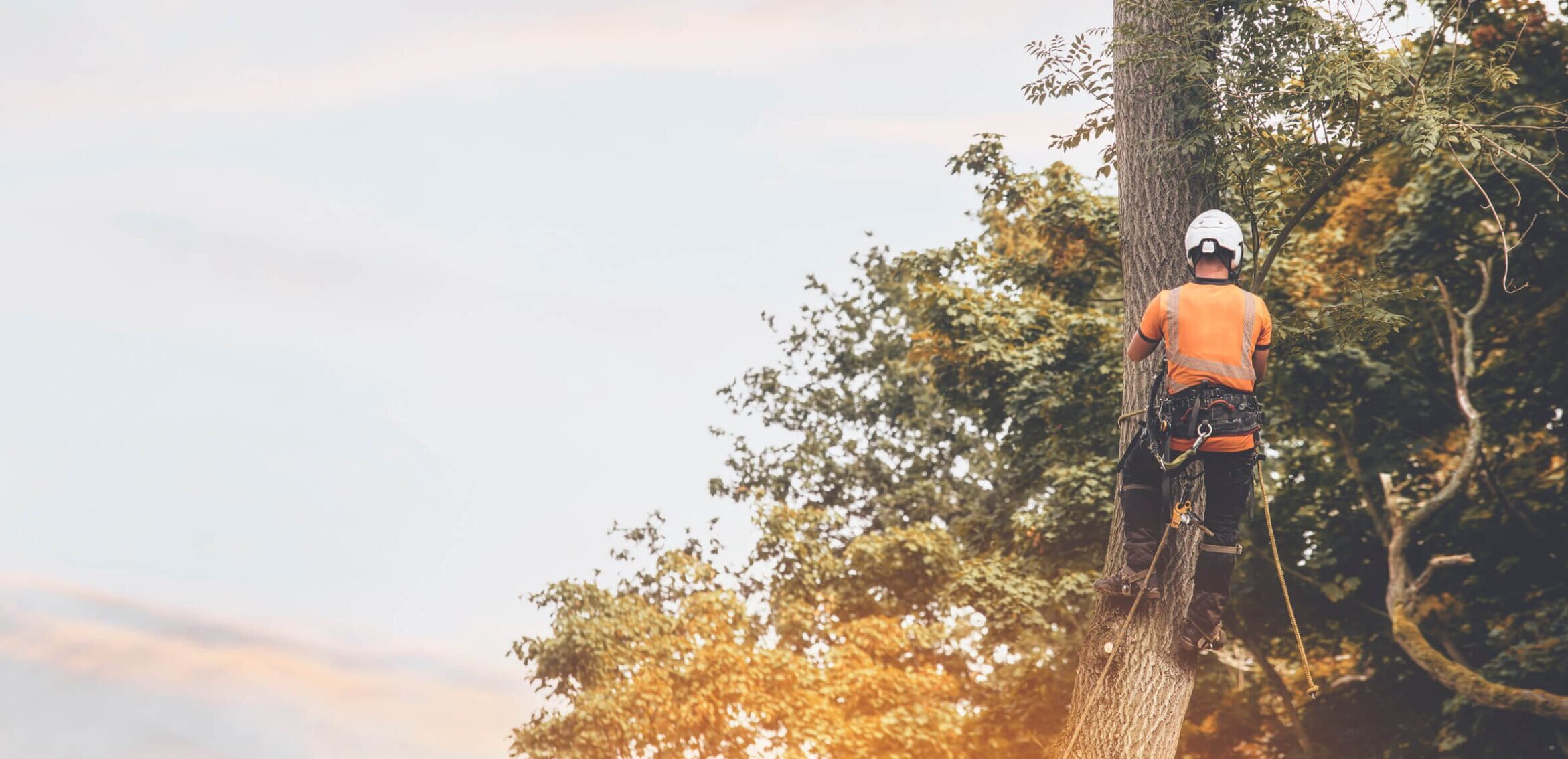Tree Worker Safety: How To Keep Yourself Safe
Tree worker safety is a critical concern in arboriculture, logging, and landscaping industries. Workers are frequently exposed to dangerous conditions, including heights, heavy machinery, and unpredictable natural elements. This article provides guidelines and strategies to keep tree workers safe, supported by relevant statistics and expert recommendations. Tree work is hazardous. According to the U.S. Bureau of Labor Statistics (BLS), tree trimming and pruning are the most dangerous jobs in the United States, with the highest rate of work-related fatalities in the United States. In fact, the rate of deaths in this occupation is 21 times higher than an average American job. Common risks include falls from height, contact with power lines, being struck by falling branches, and injuries from chainsaws and other equipment. Ensuring that all tree workers are properly trained is essential for safety. Tree safety training should cover the following aspects: Use of Equipment: Workers must be trained in the correct use of chainsaws, chippers, ladders, and rigging gear. This includes pre-use inspections, understanding manufacturer guidelines, and emergency shut-off procedures. Climbing Techniques: Climbing safety training should focus on using ropes, harnesses, and other personal protective equipment (PPE). Workers should be trained in safe climbing techniques, including the “three-point contact rule,” which mandates that workers should always have two hands and one foot or two feet and one hand in contact with the tree or ladder. Fall Protection: OSHA regulations require that tree workers use fall protection systems when working above certain heights. Workers should be trained on properly using harnesses, lanyards, and anchors to prevent falls. Wearing the appropriate PPE is vital to reduce the risk of injury. Essential PPE for tree workers includes: Helmet: A helmet with a chin strap provides head protection against falling branches and other debris. Eye Protection: Safety goggles or face shields protect against sawdust, wood chips, and other flying debris. Hearing Protection: Tree workers often use noisy equipment such as chainsaws, so earplugs or earmuffs are necessary to prevent hearing damage. Gloves: Sturdy, cut-resistant gloves protect workers’ hands from sharp tools and branches. Cut-Resistant Clothing: Workers should wear clothing designed to resist chainsaw cuts, including chainsaw-resistant trousers and boots. Before starting any tree work, it is critical to assess the worksite for potential hazards. This includes: Power Lines: Contact with power lines is a leading cause of fatal injuries in tree work. Workers should maintain a safe distance from power lines, and only qualified line-clearance arborists should work within the proximity of live electrical lines. Tree Condition: Inspect the tree for rot, cracks, or other structural weaknesses that could cause it to fall unexpectedly. Diseased or damaged trees may require special techniques for safe removal. Weather Conditions: Wet, windy, or icy conditions can make tree work more dangerous. Work should be postponed during severe weather to minimize risks. Wildlife: Birds, bees, and other animals may inhabit trees. Disturbing a nest or beehive can lead to unexpected injuries. Implementing safe work practices helps mitigate the inherent risks of tree work. Key practices include: Clear Communication: Effective communication is crucial, particularly when multiple workers are involved. Establish clear signals or use radios to coordinate tasks and avoid accidents. Work Positioning: Workers should maintain stable positions while cutting or removing branches. Always use a secure anchor point when working at height, and avoid overreaching, which can lead to loss of balance. Equipment Maintenance: Regular maintenance of tools and machinery is essential. A poorly maintained chainsaw, for example, is more likely to malfunction and cause injury. Ensure that equipment is inspected, cleaned, and serviced regularly. Buddy System: Whenever possible, workers should use the buddy system, meaning no one works alone. Having a coworker present in case of emergency can save lives. First Aid Preparedness: Tree workers should be trained in basic first aid and CPR. A well-stocked first aid kit should be available on-site, and workers should be aware of the closest medical facilities. Tree work must adhere with national and local safety regulations, such as those set by the Occupational Safety and Health Administration (OSHA). OSHA standards specific to tree work include the use of fall protection, machinery operation, and line-clearance work. Employers are responsible for ensuring that their workers are aware of and adhere to these regulations. After any incident, whether it results in injury or not, it’s important to conduct a thorough review. The goal is to identify the root cause and implement measures to prevent a recurrence. This could involve additional training, changes to work procedures, or improvements in equipment. Tree work is physically demanding, and workers need to be in good health to perform their tasks safely. Employers should encourage workers to stay hydrated, take regular breaks, and avoid working when fatigued. Mental health is equally important; stress and distractions can lead to mistakes, so promoting a positive work environment and offering support for workers who may be struggling is essential. Tree work is inherently dangerous, but with proper training, PPE, hazard assessment, and safe work practices, the risks can be significantly reduced. adherence with OSHA regulations and continuous learning also play a critical role in ensuring safety. By taking these precautions, tree workers can protect themselves and their coworkers while performing essential tasks in a hazardous environment. OSHA Tree Trimming Regulations
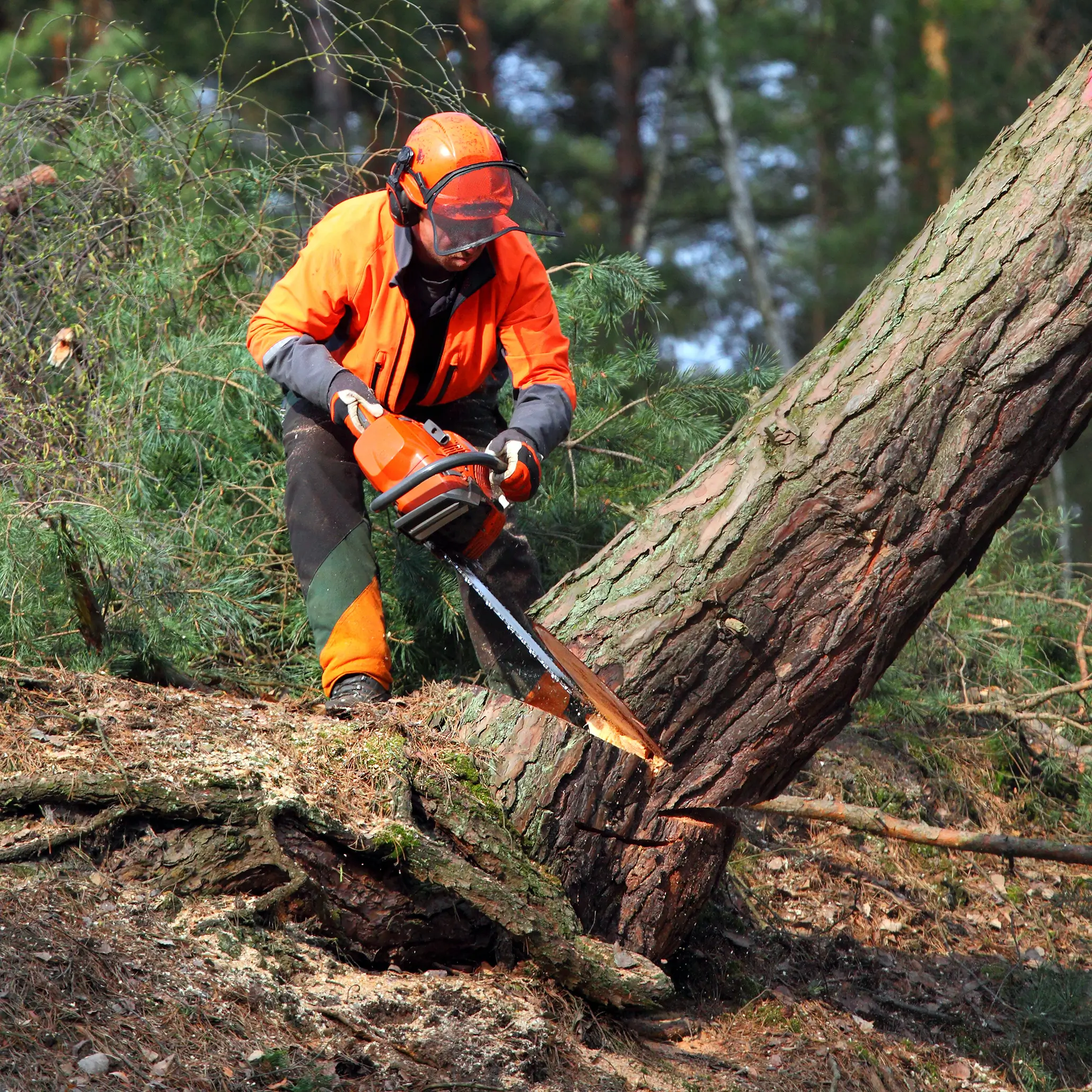
Understand the Risks
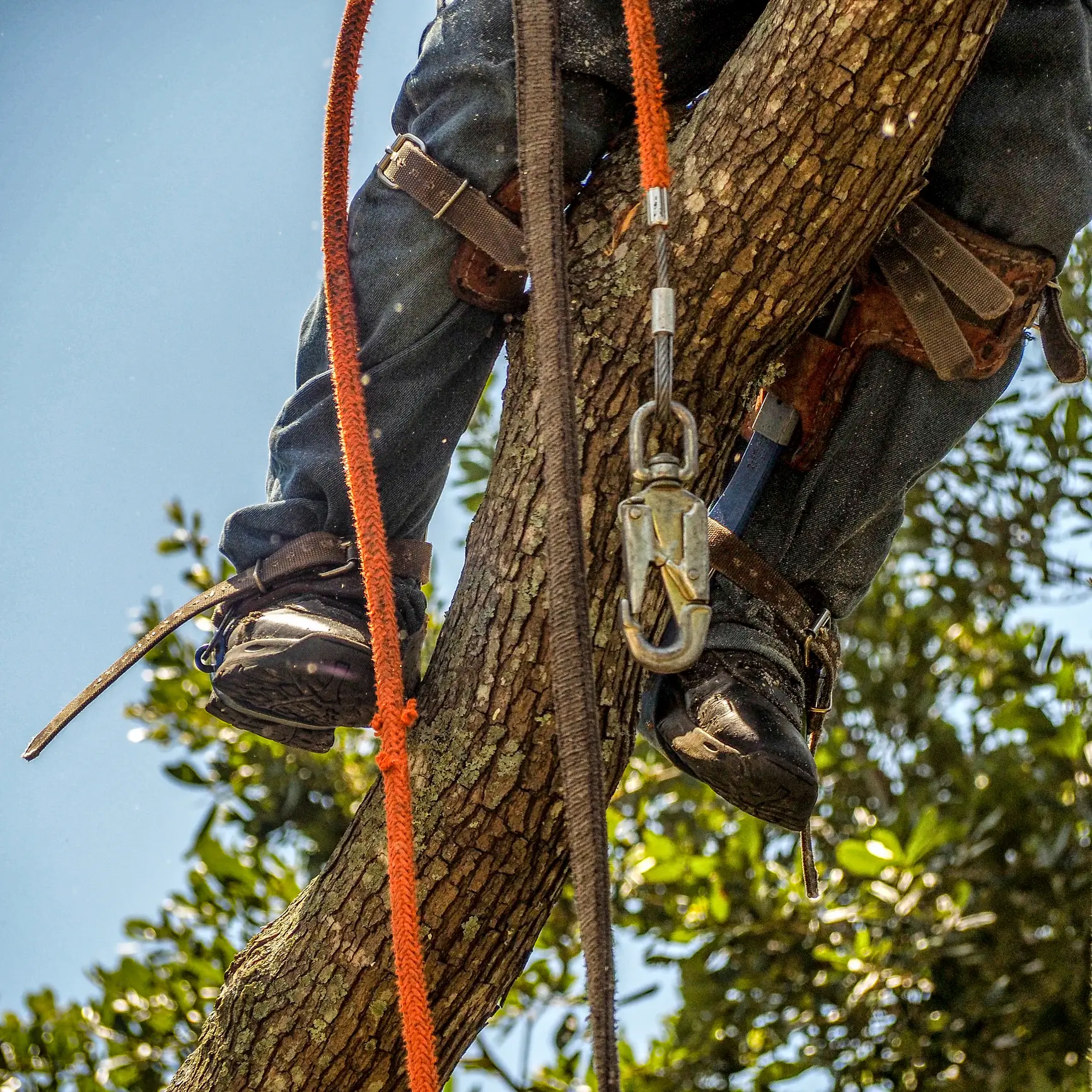
Comprehensive Training



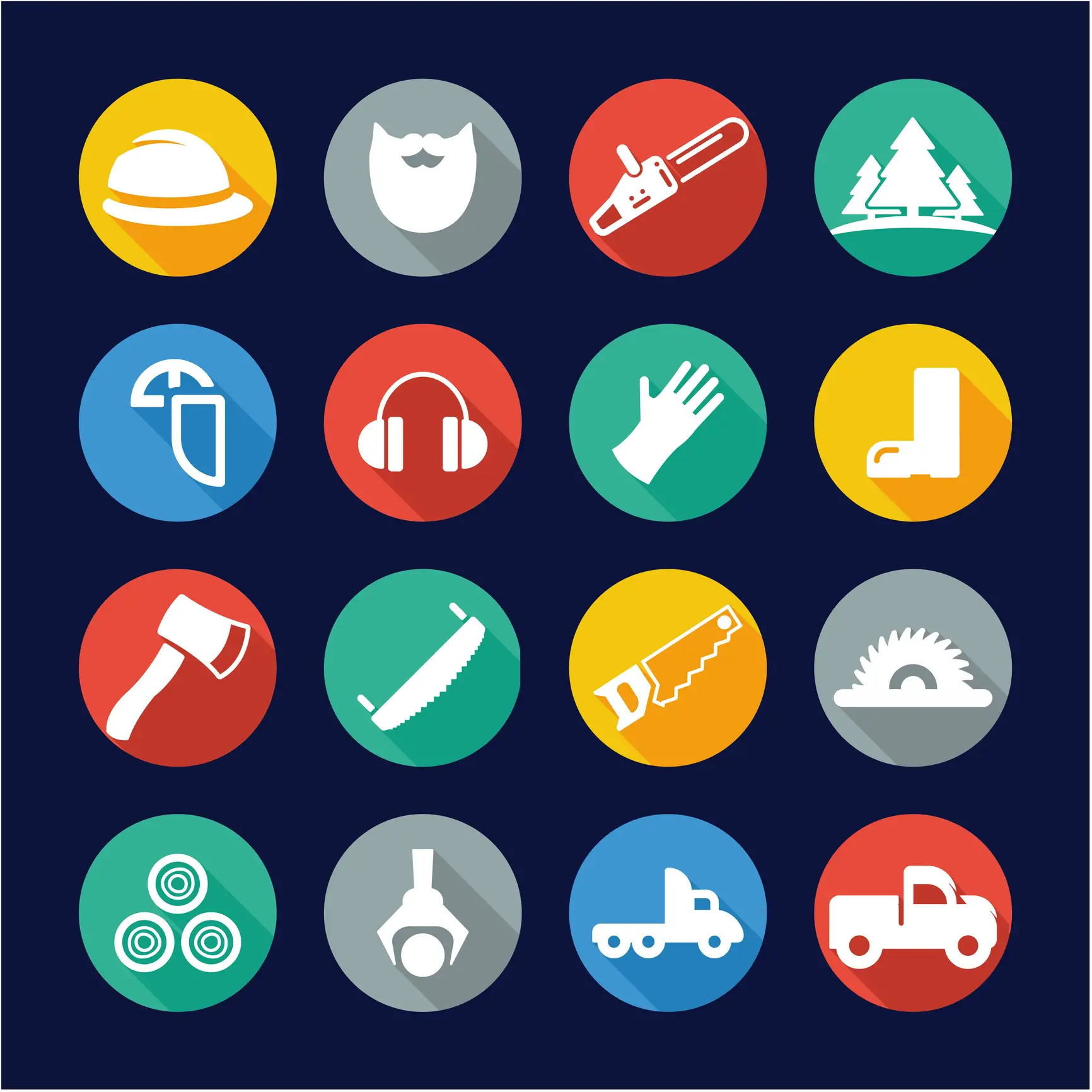
Personal Protective Equipment (PPE)





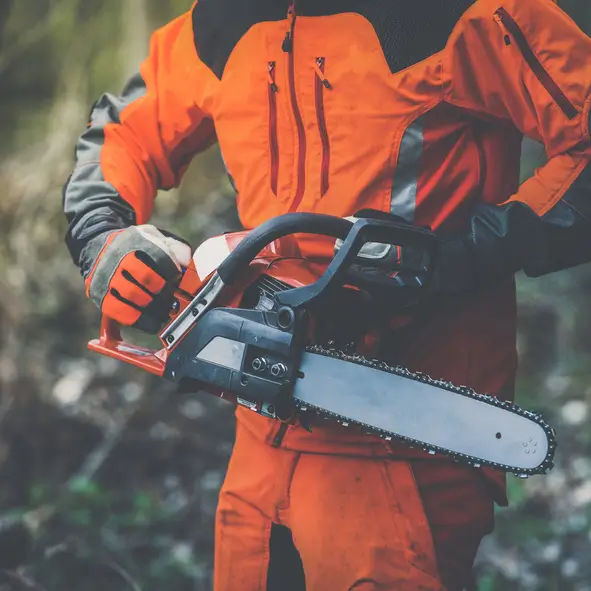
Hazard Identification and Risk Assessment




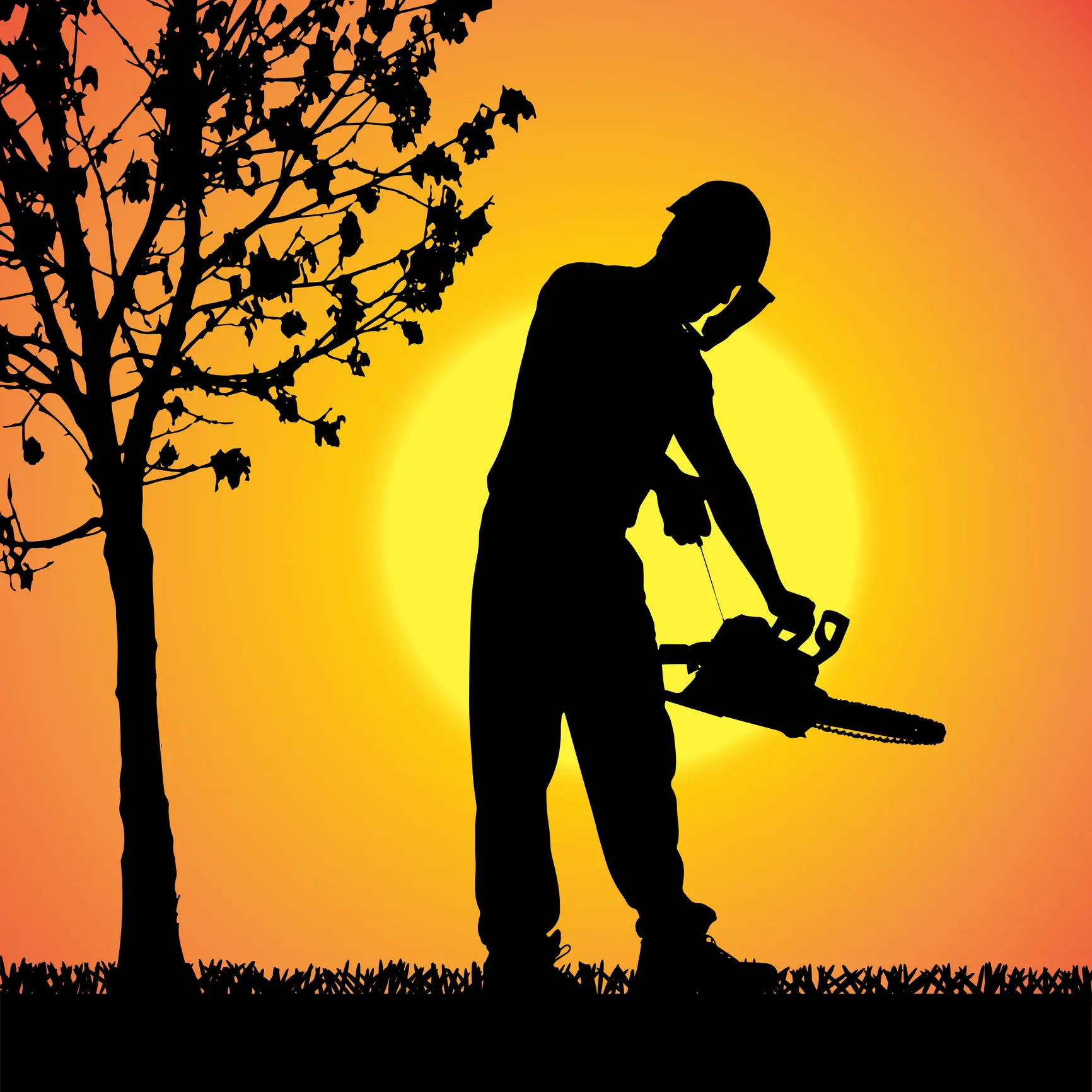
Safe Work Practices





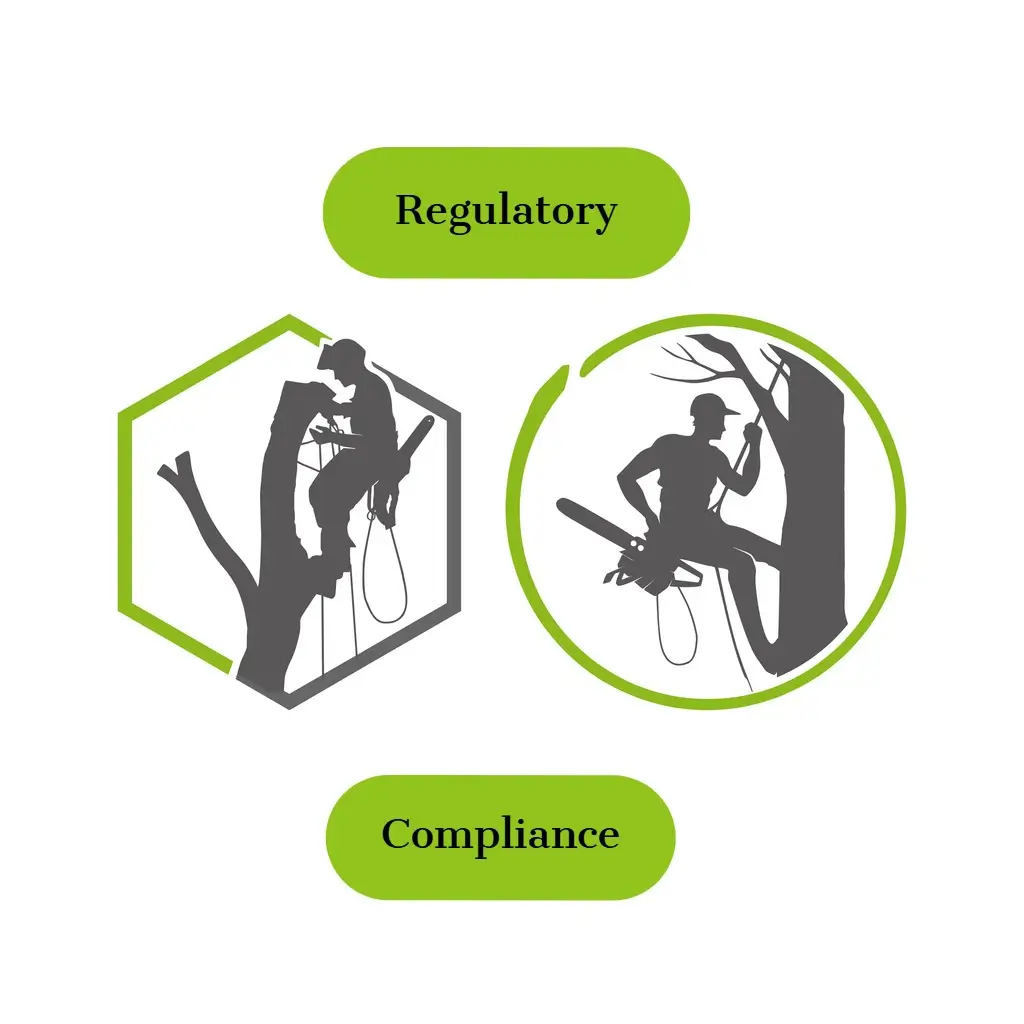
Regulatory adherence
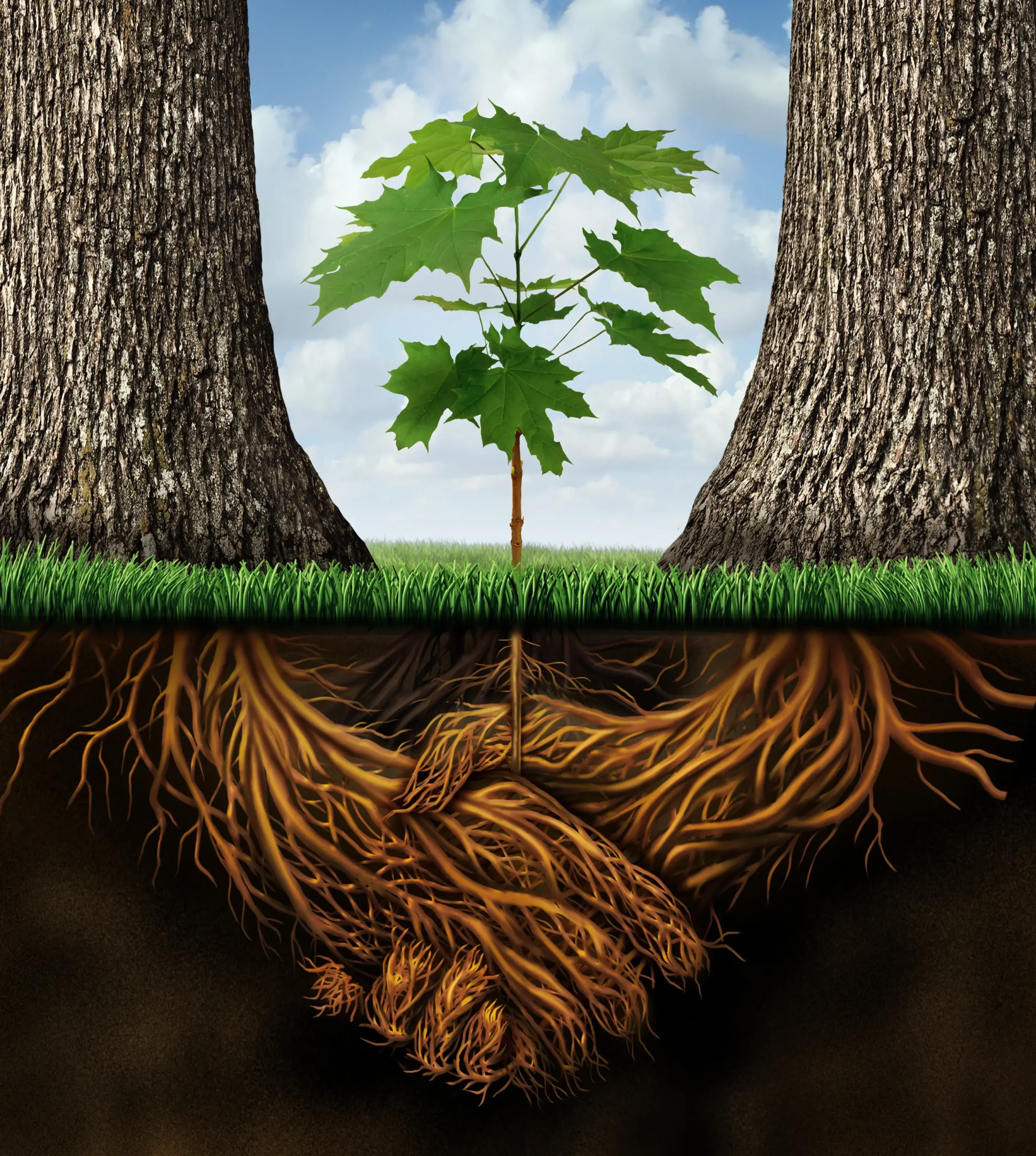
Post-Incident Review and Continuous Improvement

Mental and Physical Health
Conclusion
Related Posts

Daily Pre-Task Safety Planning in Construction Sites

Training on a Budget? Find OSHA Training at a Low Price
